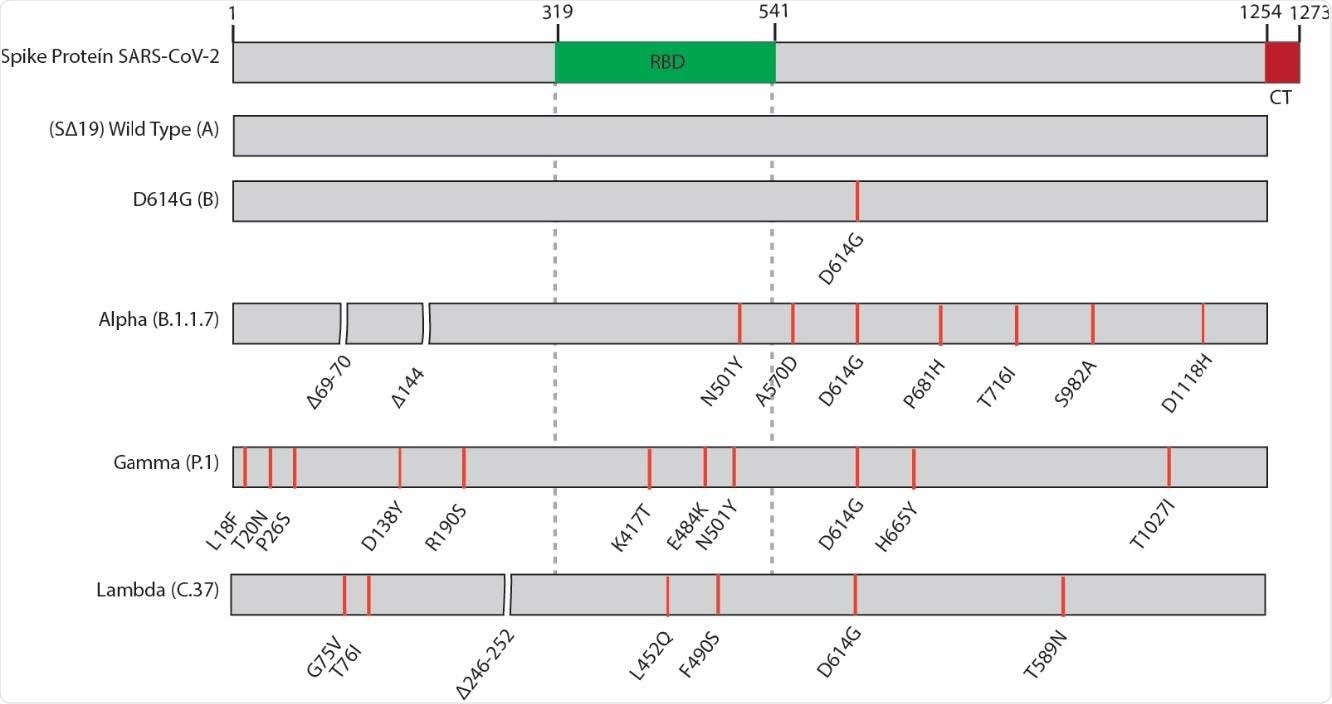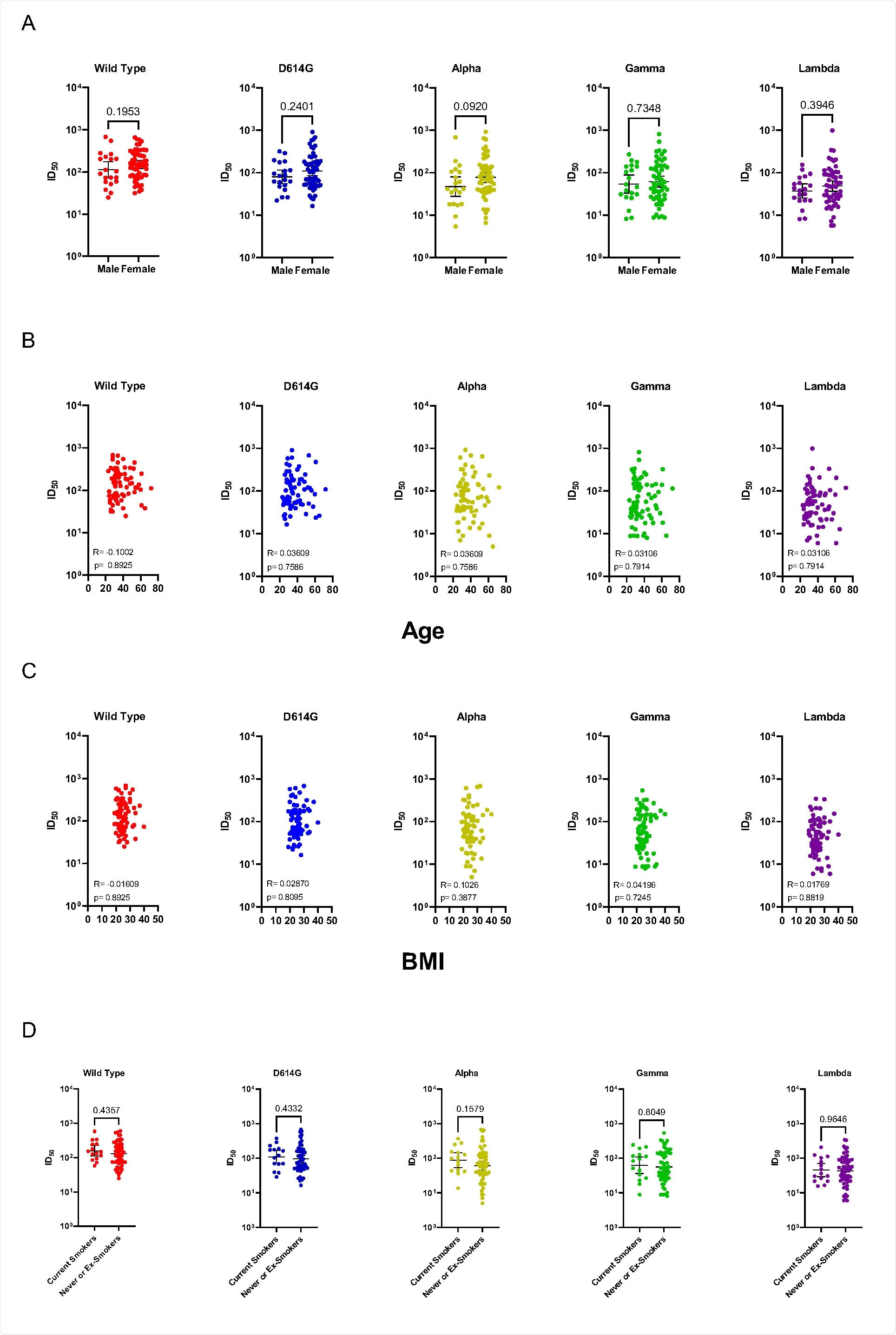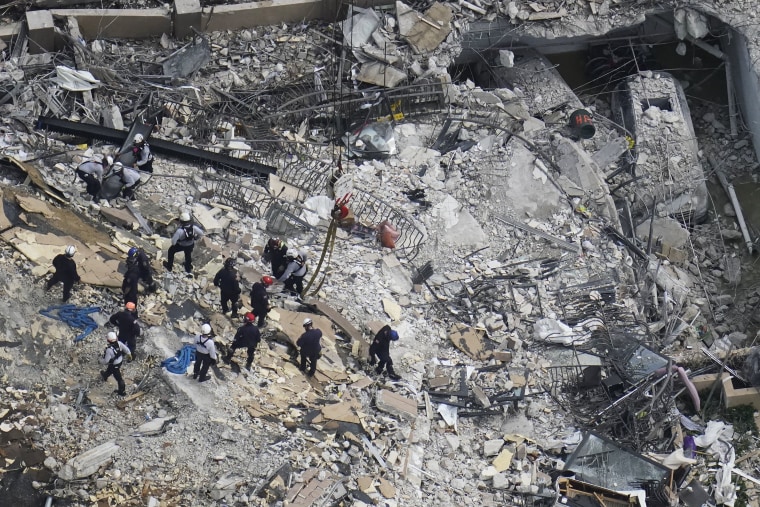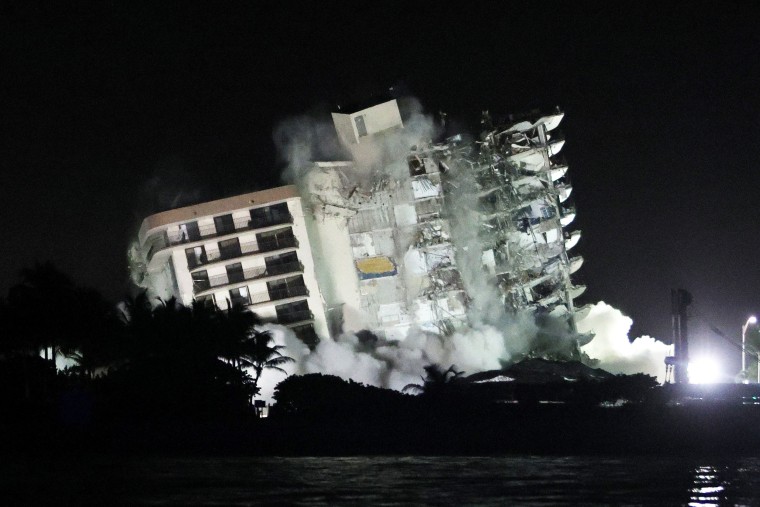Jordan O'Brien
Contributing Editor
Electrical Review
July 8, 2021

I’m not sure if any of you caught Rishi Sunak’s interview on GB News, but during the segment, Andrew Neil drilled the Chancellor of the Exchequer on how much it will cost the UK to achieve net zero. Unsurprisingly, Sunak wasn’t exactly forthcoming with an answer.
Neil continuously pressed Sunak claiming that the cost of net zero is colossal, which I don’t think anyone is under any illusion that it wouldn’t be, but just how colossal is it? Well, if you believe Good Energy, a renewable energy supplier, the bill will come to around £14 billion a year.
Good Energy claims that the UK will be able to achieve net zero by 2050 by leaning on renewable energy, with it estimating that it will cost £14 billion more a year to enable renewables to provide 98% of all electricity. Last year, renewables was responsible for just 27% of all electricity generated in the UK, meaning to get to 98% by 2050 will be quite a leap.
So, how do we get there? According to Good Energy, the UK will need a total of 210GW of solar power and 150GW of wind capacity, as well as 100GW of lithium-ion battery energy storage. That energy storage will be vital to deal with the intermittency of renewables.
Additionally, the report calls for people to become responsible for their own power generation needs, with half of all houses adopting rooftop solar panels, while over 80% of heating and 90% of transport needs to be electrified. This can all be funded by interest free loans from the Government, as well as a new-look Green Homes Grant.
But how much will this all cost in total? Well, Good Energy suggests that the annual cost of the total energy system will be approximately £126 billion. That’s a smidgen more than the current £117 billion it costs now, and more than worth it for the benefits that net zero will bring.
Let’s put that figure into perspective, £126 billion is £14 billion more each year. That’s less than the cost of Hinkley Point C, a single nuclear power plant. It’s less than the £350 million a week Vote Leave claimed that the UK paid to the European Union. It’s almost a tenth of the estimated final cost of HS2, while also being less than Crossrail.
So, £14 billion a year. Sounds like a lot, but if you ask me, it sounds like a small price to pay for the multitude of benefits that net zero brings.

.jpg)


/cloudfront-ap-southeast-2.images.arcpublishing.com/nzme/65V3BVL6HNOWBFCOPVTVYWUXJU.jpg)
/cloudfront-ap-southeast-2.images.arcpublishing.com/nzme/XQMFVL6DHLZPDC54GFTJBLMJDA.jpg)
/cloudfront-ap-southeast-2.images.arcpublishing.com/nzme/35SPKLXEU3J5LQQUVWVBUAJXDQ.jpg)







